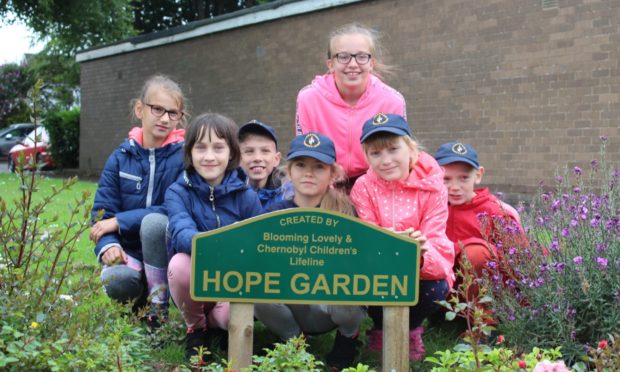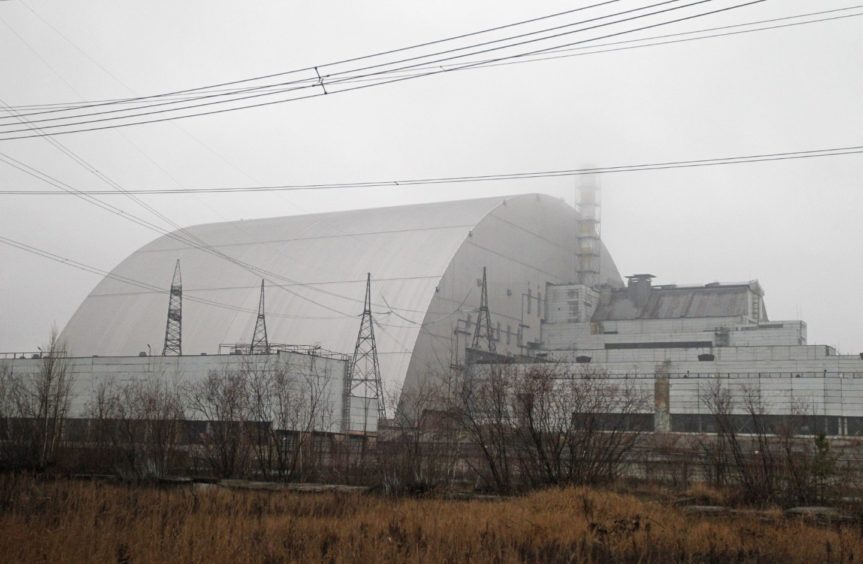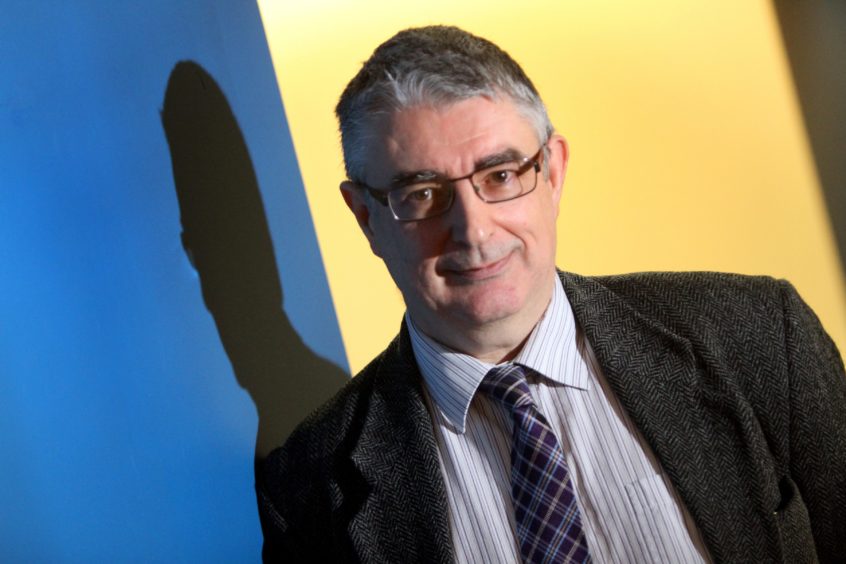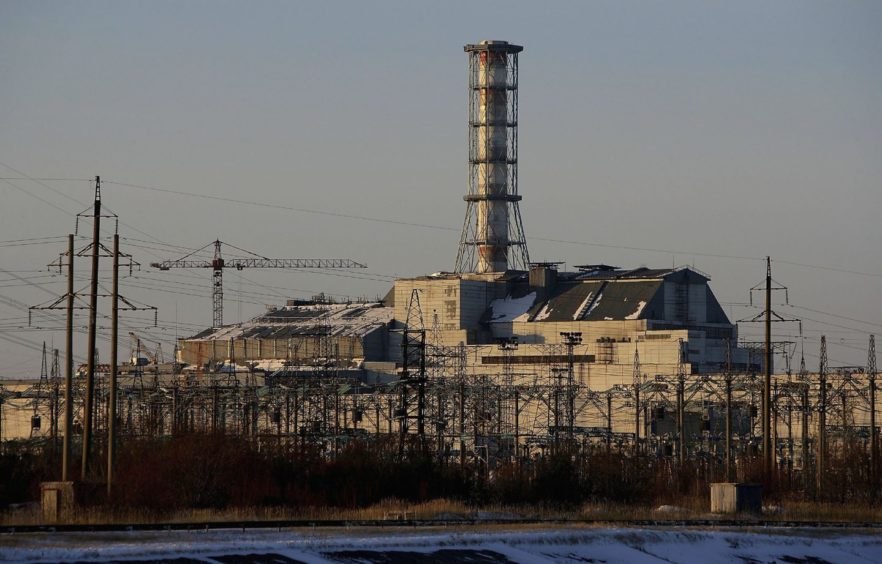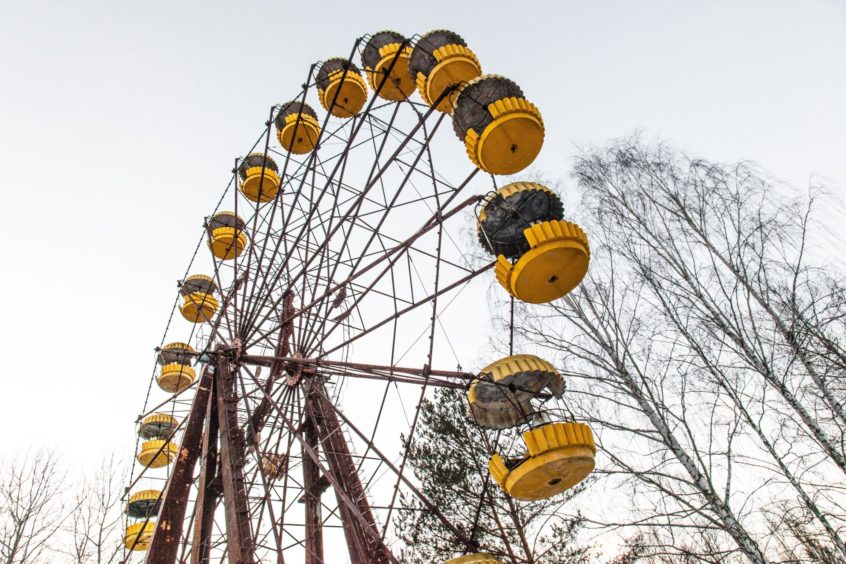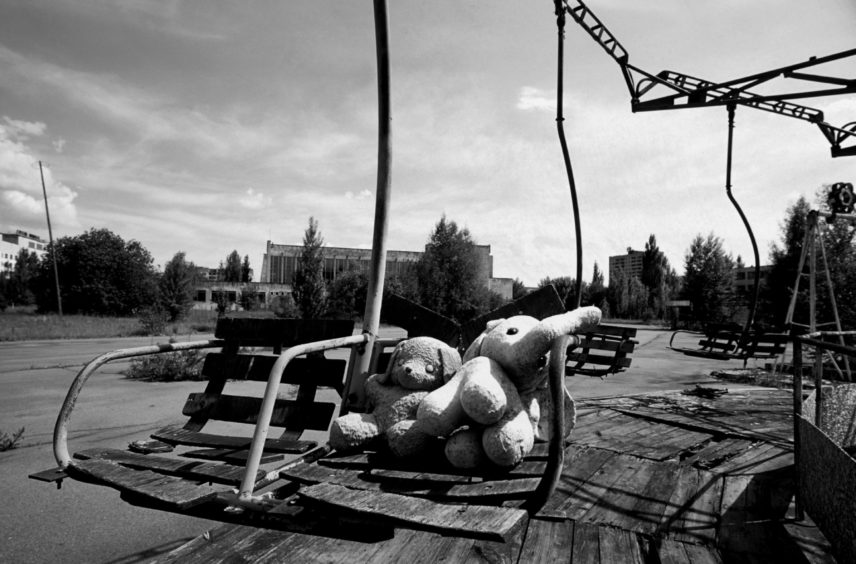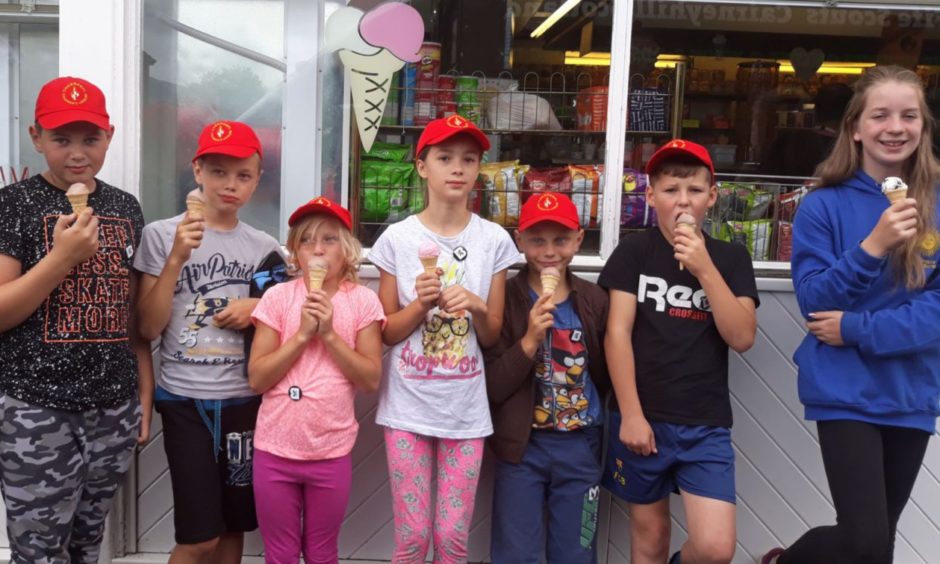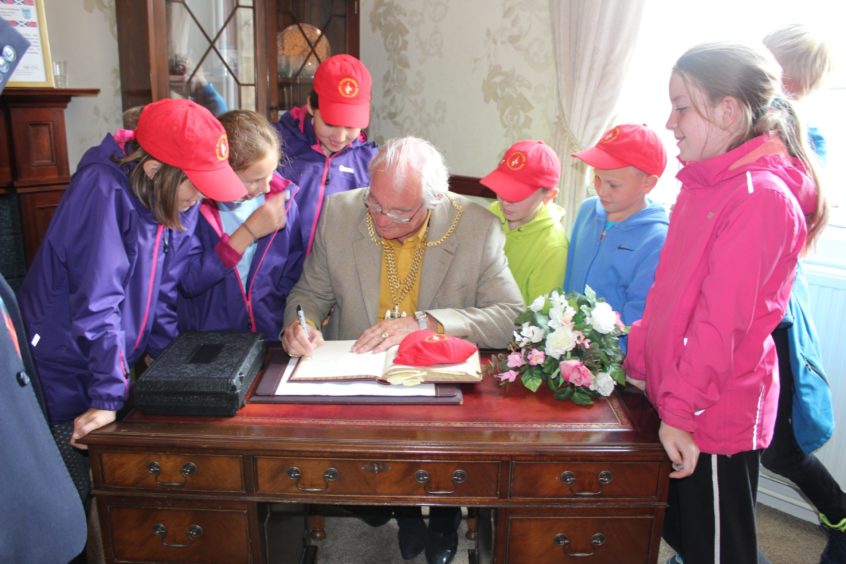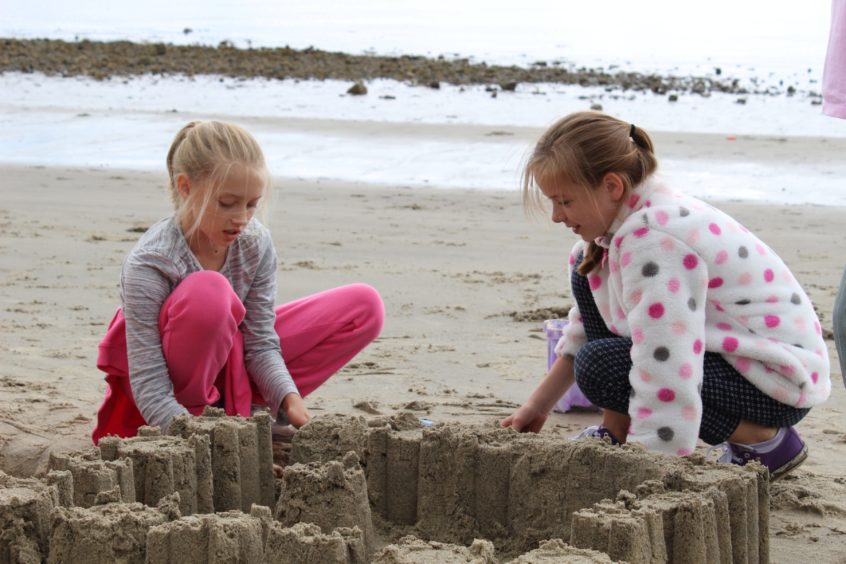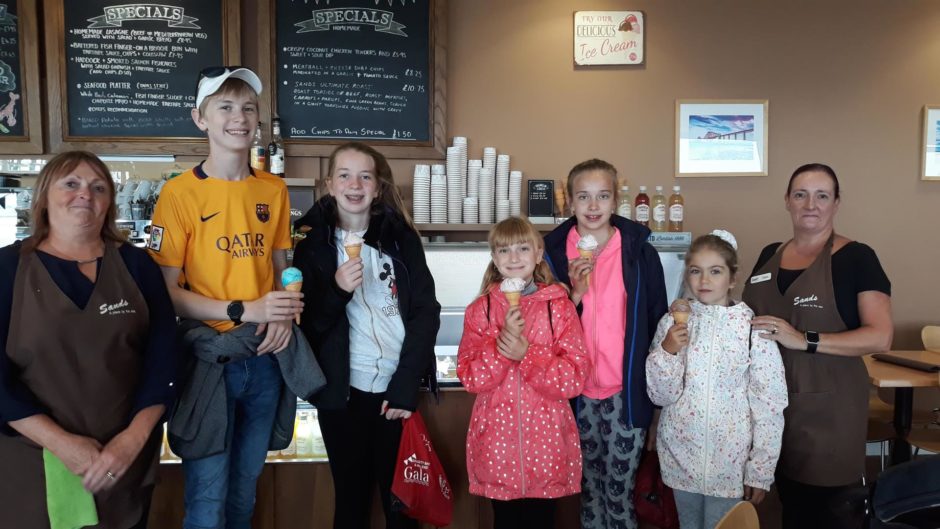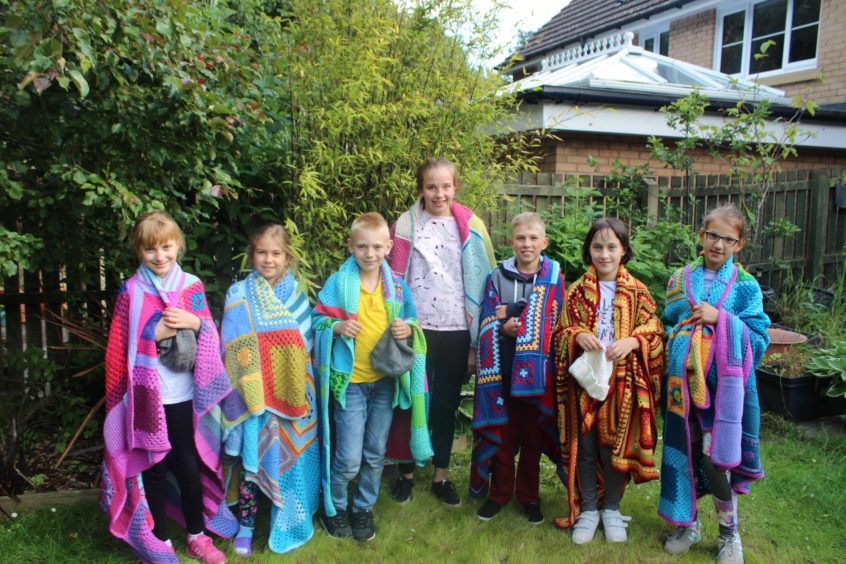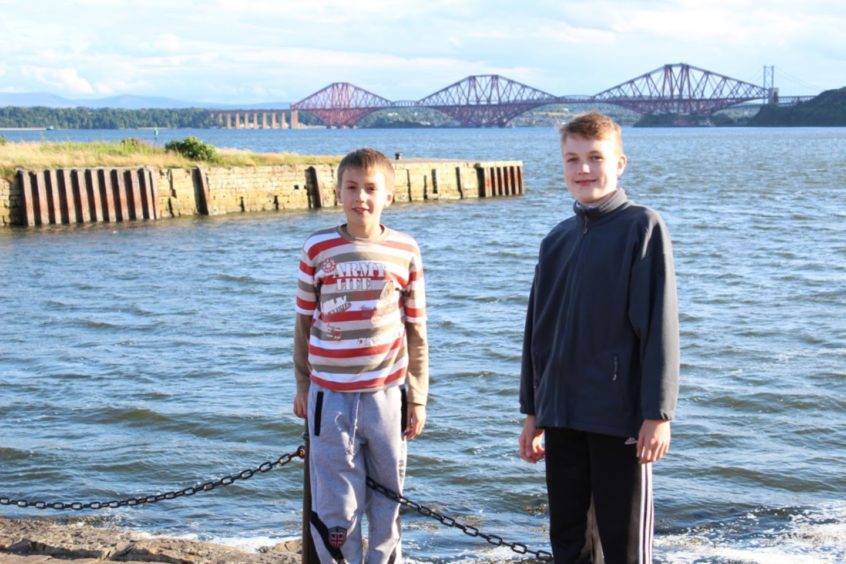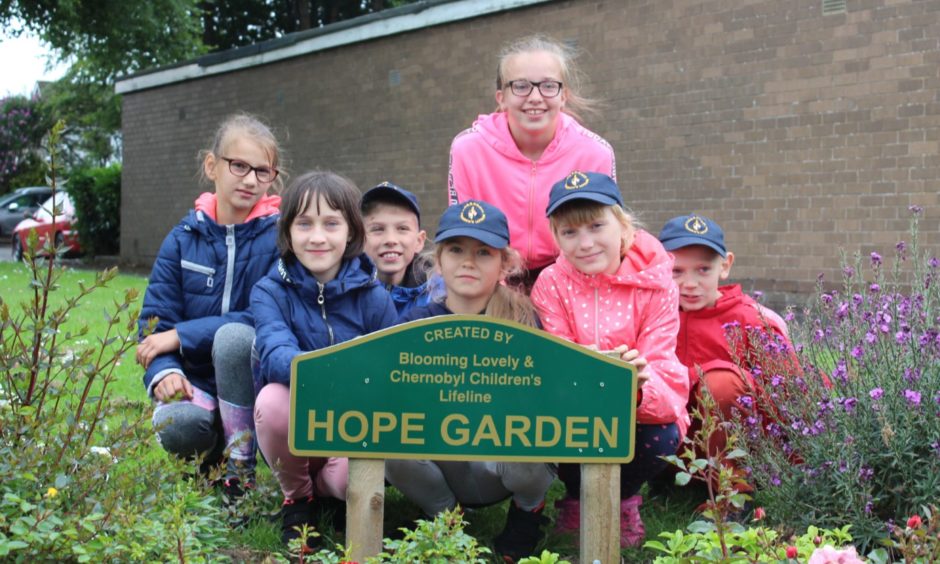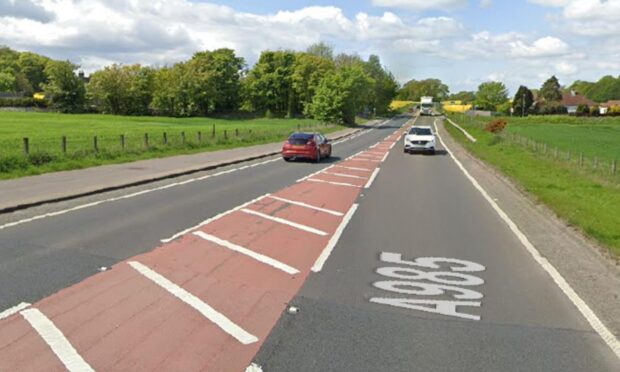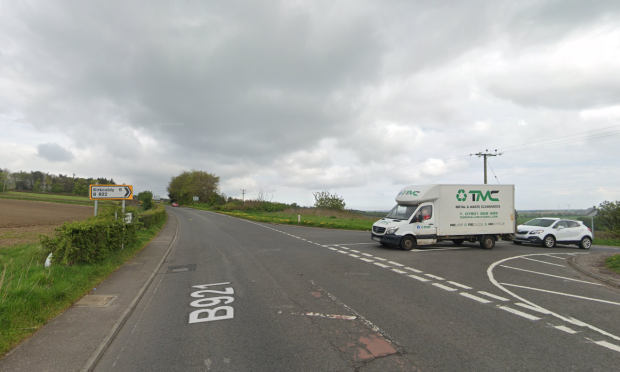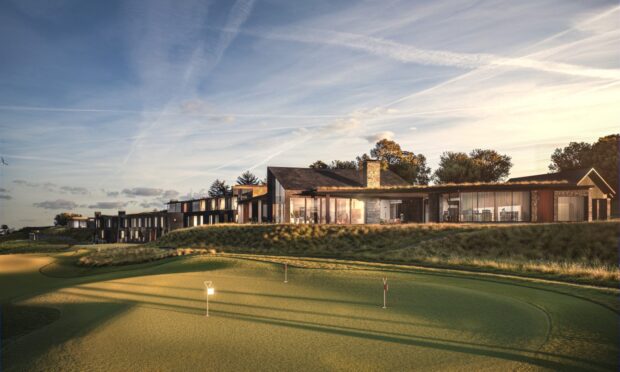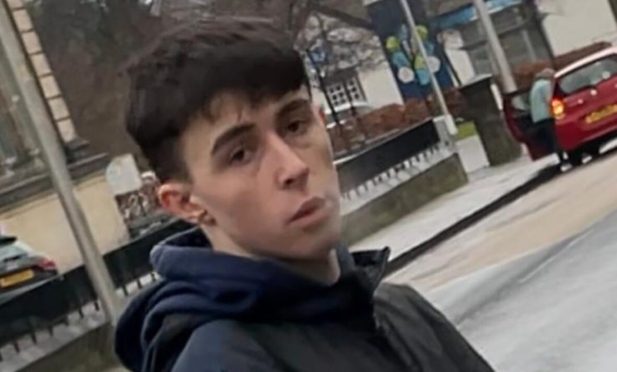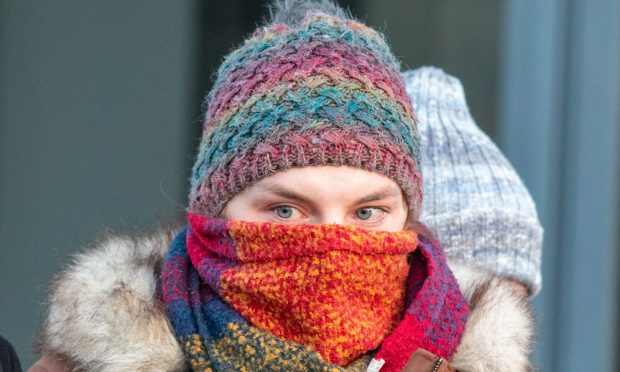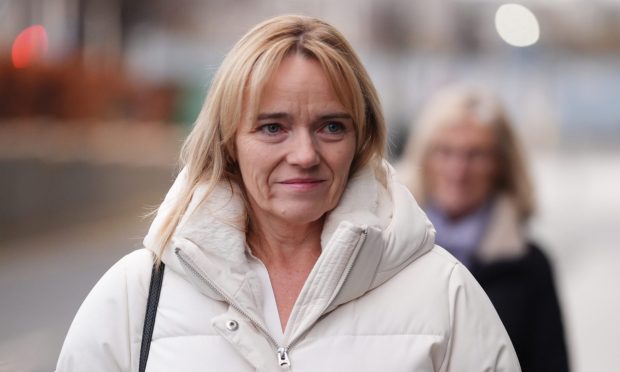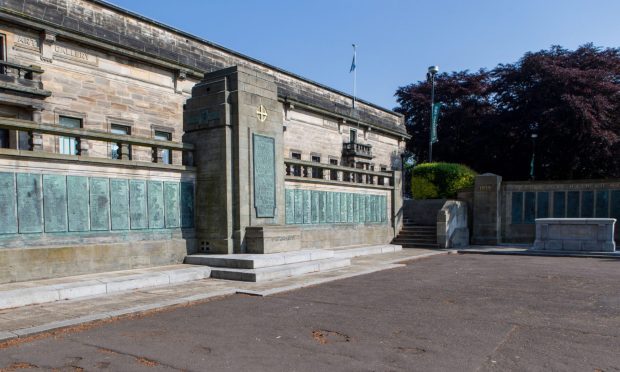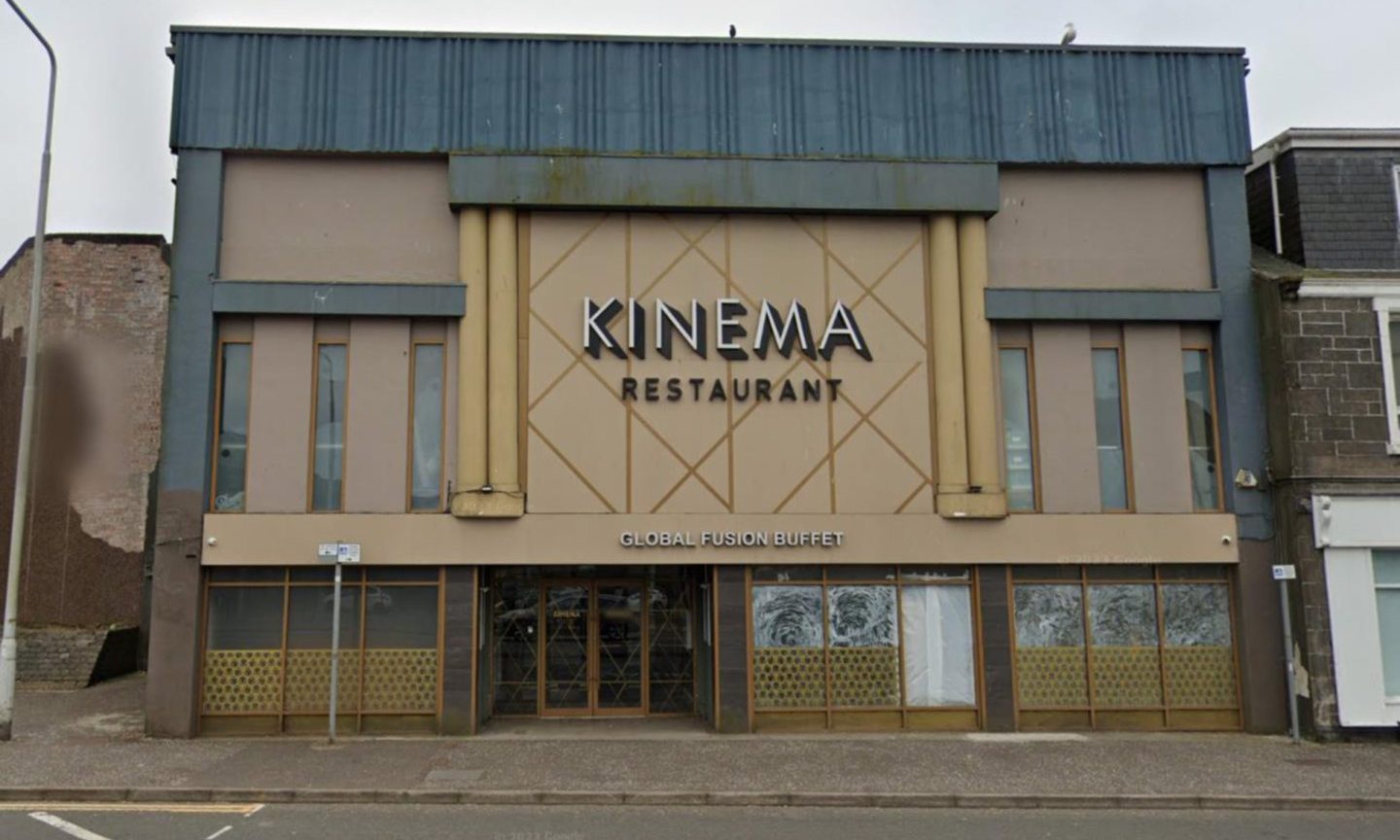Thirty-five years after the world’s worst nuclear disaster at Chernobyl in the Ukraine, Michael Alexander speaks to a Fife engineer with links to the polluted power plant site and a teacher helping to give respite to children from the contamination zone.
Perth-born civil engineer David Climie, who was Transport Scotland’s project director for the Queensferry Crossing over the Forth, has enjoyed a career that’s literally built bridges all over the world.
However, from a civil engineering perspective, the Heriot Watt University graduate, who lives in Fife, is also fascinated by the 2.1 billion Euro radiation confinement system that was constructed over the abandoned Chernobyl plant between 2010 and 2019.
In the months that followed the world’s worst nuclear disaster on April 26, 1986, a concrete sarcophagus was hastily built by brave Ukrainian/Soviet workers to cover the damaged reactor and to try to further limit the spread of radiation that had already contaminated swathes of Ukraine, Belarus and Russia before blowing across northern Europe.
However, amid concerns that this original gigantic concrete dome was leaking radioactive material and could collapse, an enormous 36,000 tonne steel arch ‘sarcophagus’ was commissioned in 2009/10 to confine the remains of the number four reactor and to seal in the concrete sarcophagus originally put in place to contain radiation following the accident.
“My involvement in Chernobyl was quite minor, although a fascinating experience,” says David, who played a role at the planning phase of the New Safe Confinement (NSC) structure.
“Bechtel, who I worked for at the time, had an overall project management role for the new containment structure working for the European Bank for Reconstruction and Development.
“I went there for a week in 2009 as part of a “peer review” team to review the practicality and constructability of the huge movable arch structure that was being developed by the French contractors.
“It presented a number of unique challenges and it is not surprising that it took longer than anticipated to engineer and construct, although the final result is technically excellent.”
The NSC is designed to prevent the release of radioactive contaminants from Chernobyl, protect the reactor from external influence, facilitate the disassembly and decommissioning of the reactor, and prevent water intrusion for the next 100 years.
However, 35 years after the disaster which saw one of the nuclear plant’s four Soviet-era reactors explode during a test at low-power, a 30km exclusion zone is still in place around the abandoned facility with 150,000 square kilometres of land stretching northward in Belarus, Russia and Ukraine still considered to be contaminated.
What caused the Chernobyl disaster on April 26, 1986?
A combination of operator error and design flaws in the Chernobyl reactor were blamed for the power surge which led to the core’s meltdown.
This led to chemical explosions so powerful that they blew the 1000-tonne cover off the top of the reactor.
Eight tonnes of uranium dioxide was released and spread across the surrounding countryside.
Some 27kg of cancer-inducing caesium-137 was released into the atmosphere, and an estimated 150-200 million curies – equivalent to 100 times the radioactivity released from the atomic bombs dropped on Hiroshima and Nagasaki in 1945 – was also released.
It was the world’s worst nuclear accident. Yet it took two days for details to emerge.
The discharge of radioactivity was so great that by the time the fallout reached Sweden, 1,000 miles away, it was still powerful enough to register twice the natural level of radioactivity in the atmosphere, forcing the then official Soviet news agency Tass to finally admit there had been an accident.
In Ukraine, 3.7 million people were affected by radiation and more than 160,000 inhabitants had to be resettled.
But one of the worst countries affected was neighbouring Belarus.
Here, 85% of the radioactive fallout from the meltdown blew across their country, with the remains of this invisible killer eventually finding its way to Britain – leading to decades of now lifted restrictions on sheep movements in the Scottish Borders and Wales.
How many people died?
According to the International Atomic Energy Agency, the initial explosion resulted in the death of two workers at the Chernobyl plant while 28 of the firemen and emergency clean-up workers died in the first three months after the explosion from acute radiation sickness.
However, there have been at least 1800 documented cases of thyroid cancer amongst children who were between 0 and 14 years of age when the accident occurred.
Over 100 radioactive elements were released into the atmosphere during the explosion with the ongoing impact of iodine linked to thyroid cancer, strontium linked to leukaemia and caesium especially harmful to the liver and spleen.
Mutations also occurred in plants and animals. Leaves changed shape and some animals were born with physical deformities.
For generations of innocent Ukrainian and Belarussian children who were not even born when disaster struck, the events of 35 years ago, and the poor socio-economic conditions in which many live, continue having a profound impact on their lives.
Chernobyl Children’s Lifeline Charity in Fife
One woman with a close affinity to Chernobyl is Jacqueline Niven, a deputy head teacher at Foulford Primary School in Cowdenbeath.
The 46-year-old, who grew up in Glasgow’s Easterhouse, remembers watching the disaster unfold on her grandparents’ TV when she was 11 years-old.
She remembers being “quite frightened” when it emerged the Soviets had “hushed up” the news and that some of the radiation might have blown over Scotland.
However, it’s as secretary of the Fife branch of the Chernobyl Children’s Lifeline Charity – which aims to help children suffering from the after effects of the Chernobyl disaster – that she has learned more of the ongoing human impact over the past eight years.
A national charity founded in 1992, over 60 ‘Links’ – including Fife – have been established throughout the UK, raising funds to bring Chernobyl children to Britain each year for up to four weeks of fresh air, uncontaminated food, fun, love and attention as well as dental and eye check-ups.
Nationally, in pre-Covid times, about 1,000 children from Belarus and Ukraine were being brought over by the charity’s links each year.
Research suggests that three to four week visits to the UK can add two to three years to the life expectancy of Chernobyl children- something that money cannot buy.
“We first got involved eight summers ago when we saw an advert in the local press looking for families to host,” explains Jacqueline, who is based in Dalgety Bay.
“It happened to be one of the summer holidays when the schools had seven weeks off instead of six. The first year we looked after a couple of girls for two weeks when they were over for a month, and over the following years we just got more involved.”
Host families and local support
Running for about 20 years, Jacqueline said there used to be two Fife groups until the North East Fife one folded.
In those years around 80 Chernobyl children have visited Fife.
The charity used to bring over 12-14 children and a leader during the summer holidays.
But in recent years this has been scaled back to six to eight children, simply because they don’t have enough host families.
It costs between £600 and £800 to pay for the visas/flights of each child, who tend to be aged between 10 and 12 to maximise their health benefits.
Fundraising events take place but none of the trips would be possible without the support of local groups and sponsors.
Normally targeting children from very low income and single parent families in more deprived rural areas of Belarus, it’s not unbeknown for children to arrive in Scotland literally only with the clothes they are wearing.
As well as getting teeth and eye checks while here, efforts are made to send them back with a bag of quality nearly new clothes while others donate time and/or an activity.
Retired teachers in Dunfermline put on a ceilidh while the charity has good links with their local Scout hub who donate their minibus for trips.
They’ve had visits to fire stations, been donated blankets, enjoyed ice cream at the beach and have had fruit and veg donated by Kettle Produce, amongst others.
As well as being a priceless experience for the health and wellbeing of the Belarussian children, Jacqueline’s own children, now aged 14 and 17, have also benefitted.
They have been involved in all aspects – fundraising, selling raffle tickets, working on stalls as galas. bag packing in Tesco as well as giving up their bedroom and toys.
“We all keep in touch,” adds Jacqueline, “and we send parcels over to Belarus at Xmas etc and keep in touch through social media.
“When we started we said we would keep going as long as our own kids wanted to be part of it.
“As they are getting older, they can see themselves taking different roles as the children visiting are no longer the ages of my children.
“The national charity also sends over tradesmen to Belarus/Ukraine to help build facilities that provide respite for those unable to travel.”
Chernobyl Children’s Lifeline Charity – Fife Link is keen to attract more host families and sponsors. To find out more, contact Jacqueline Niven through www.facebook.com/CCLLFife/
